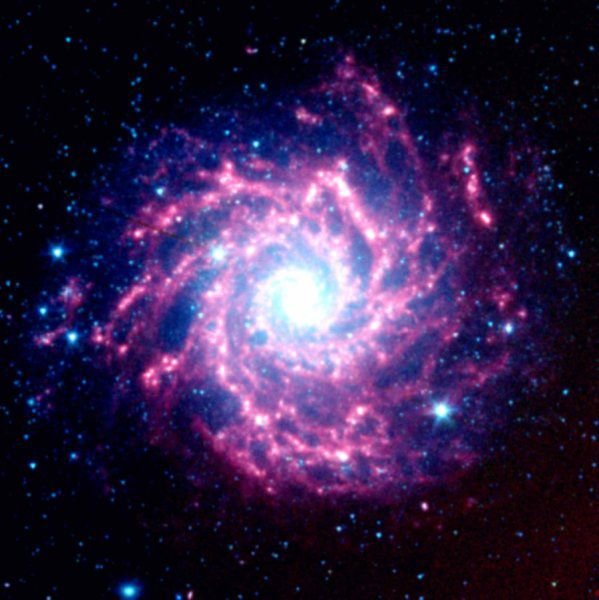Earth interacted with the remnants of a supernova within one million years

Physicists from the Technical University of Munich, Germany, conducted a successful analysis with reference to the time signal indicative of a supernova that was found in microfossils, located on the surface of the Earth. As demonstrated by the group of Professor Sean Bishop, lead author of the new work, the signal indicative of the supernova, first appears in microfossils about 2.7 million years ago. According to the analysis conducted by researchers, our Solar System for about one million years passed through the remains of a supernova.
With the explosion of the supernova debris bombarded the surface of its nearby space objects, while in the case of the Earth on its surface are specific radioactive isotopes, such as Fe-60, which has no natural sources of origin on our planet.
In the new study, Professor Bishop and his team were able to not only detect the presence of radioactive Fe-60 isotope in the material of the Earth's crust, but also to estimate the length of the planet's bombardment period supernova debris. The researchers used in their study of the cores of sedimentary rocks from the bottom of the Pacific Ocean, comprising layers of Fe-60 isotope. A mandatory requirement for binding Fe-60 signal to a certain geological period is the lack of movement of the iron atoms in the deposits of sedimentary rocks. This requirement is satisfied, not all rocks, but the researchers were able to find a form of fossils, in which radioactive iron was in a bound form - in the form of nanocrystals Fe3O4 oxide, in which it was converted iron-bacteria - and almost does not move with the flow of matter in the following for the period deposits geological periods.
The most likely candidates for the role of this supernova researchers see the stars OB-Scorpius-Centaurus association, which is about 2.3 million years ago, was at a distance of about 300 light-years from the Solar System. Over 10-15 million years in the Association of stars comes from 15 to 20 supernovae.
Research published in the journal Proceedings of the National Academy of Sciences.
Source: http://www.astronews.ru/cgi-bin/mng.cgi?page=news&news=8783